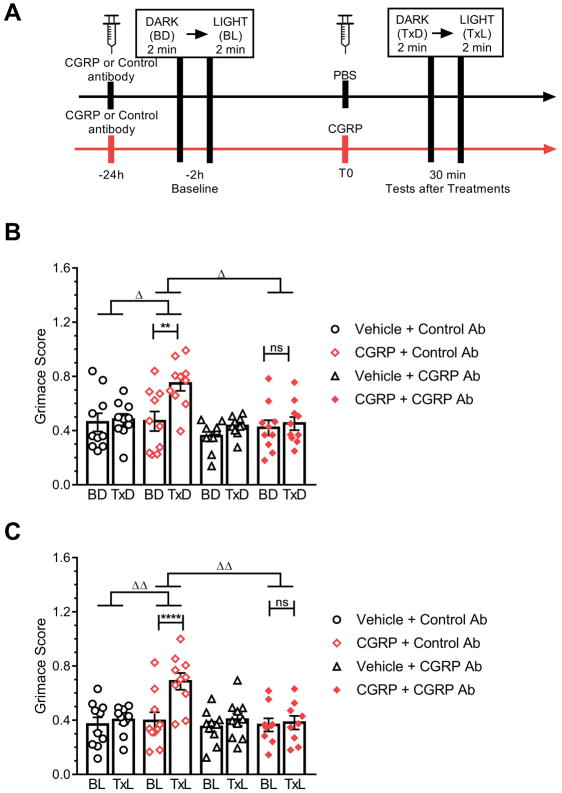Figure 4. CGRP-induced grimace is blocked by a CGRP antibody in restrained mice.
(A) Experimental design. (B, C) C57BL/6J mice in dark (B) and in bright light (C). Mice were pretreated by IP injection with isotype control or CGRP monoclonal antibody (30 mg/kg). 24 hours later, mice were restrained and recorded via camera during a two minute baseline dark condition (BD) followed by a two minute light treatment condition (BL) (cool white, 27,000 lux). After baseline conditions, mice were given an IP injection of either vehicle (PBS, 10 ml/kg IP) or CGRP (0.1 mg/kg). Thirty minute post-injection mice were again restrained and recorded under a two minute dark condition (TxD) followed by a two minute light condition (TxL). Average of 2 experiments per treatment, scored by 3 blinded individuals (n=10 per group, ± SEM). Two-way repeated measures ANOVA followed by Sidak’s multiple comparison test to compare baseline and treatment conditions, **P < 0.01, ****P < 0.001, not significant (ns). To compare the effect of treatments, the deltas between the scores after treatment from baseline were compared with a one-way ANOVA followed by Dunnett’s multiple comparison test, ΔP < 0.05, ΔΔP < 0.01.

